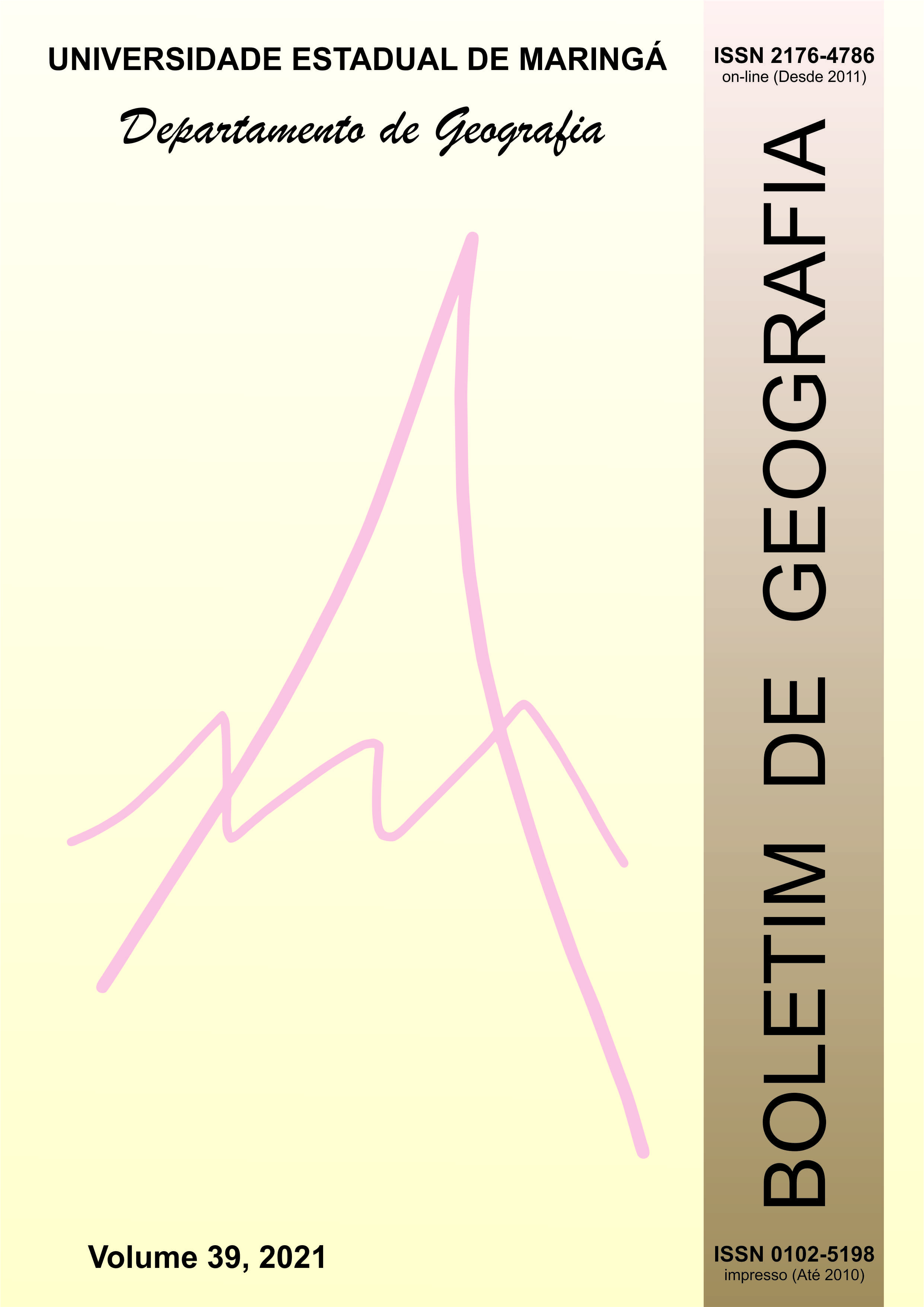The experience of coffee production in the mountain region of Baturité – Ceará: empirical learning and setbacks caused by Brazilian coffee policies
Abstract
The article analyzes the experience of coffee crop in the region of Baturité Mountains, located in the state of Ceará, starting from the 17th century until recently, focusing on different cycles of coffee production in the region, interaction of this crop with the environment, national public policies for the sector, and the process which farmers undergone to develop appropriate coffee productive strategies suitable to the local mountains area. As a study case, the methodology included analysis of documents and related bibliography, participating research and observation, and semi-structured interviews with key actors. In the early stages, coffee production in the region adopted sun-grown system. This choice led to cutting down of native forest, loss of productivity and poor economic results. In a subsequent phase, farmers alternated different productive modes, each one causing different economic and environmental impacts. In the 1970s, disregarding promising perspectives of local experiences with shade-grow coffee, the federal government imposed the national Program for Renewal and Revitalization of Coffee Crops (PRRC), which recommended sun-grow model and caused a severe crisis in the region, including environmental damages and profitability collapse of coffee farms, affecting not only farmers but the regional economy as a whole. In the 1990s, after a nearly vanishing of coffee production in the region, a group of local farmers restored the shade-grown system, this time associating it with innovative production and commercial practices. The new model combines coffee growing with tourism, handcraft and other cultural activities, using mountain landscape as an integrating element, reinforcing the harmony that encompasses coffee crop with environmental conservation and development of other associated production activities in the mountain region. Such approach promotes pluriactivity and hence, bolsters new and promising opportunities for the region.
Downloads
Copyright (c) 2021 Boletim de Geografia

This work is licensed under a Creative Commons Attribution 4.0 International License.
O Boletim de Geografia está licenciado através da Creative Commons Atribuição 4.0 Internacional (CC BY 4.0).
Autores que realizam submissões ao Boletim de Geografia concordam com os sequintes termos:
- Autores retêm todos os direitos autorais e concedem à Revista direitos exclusivos da primeira publicação, com o artigo licenciado sob os termos da Creative Commons Atribuição 4.0 Internacional (CC BY 4.0).
- Após a publicação, fica permitido ao autor a republicação em qualquer outros meios de divulgação, desde que mencionada a fonte original.












